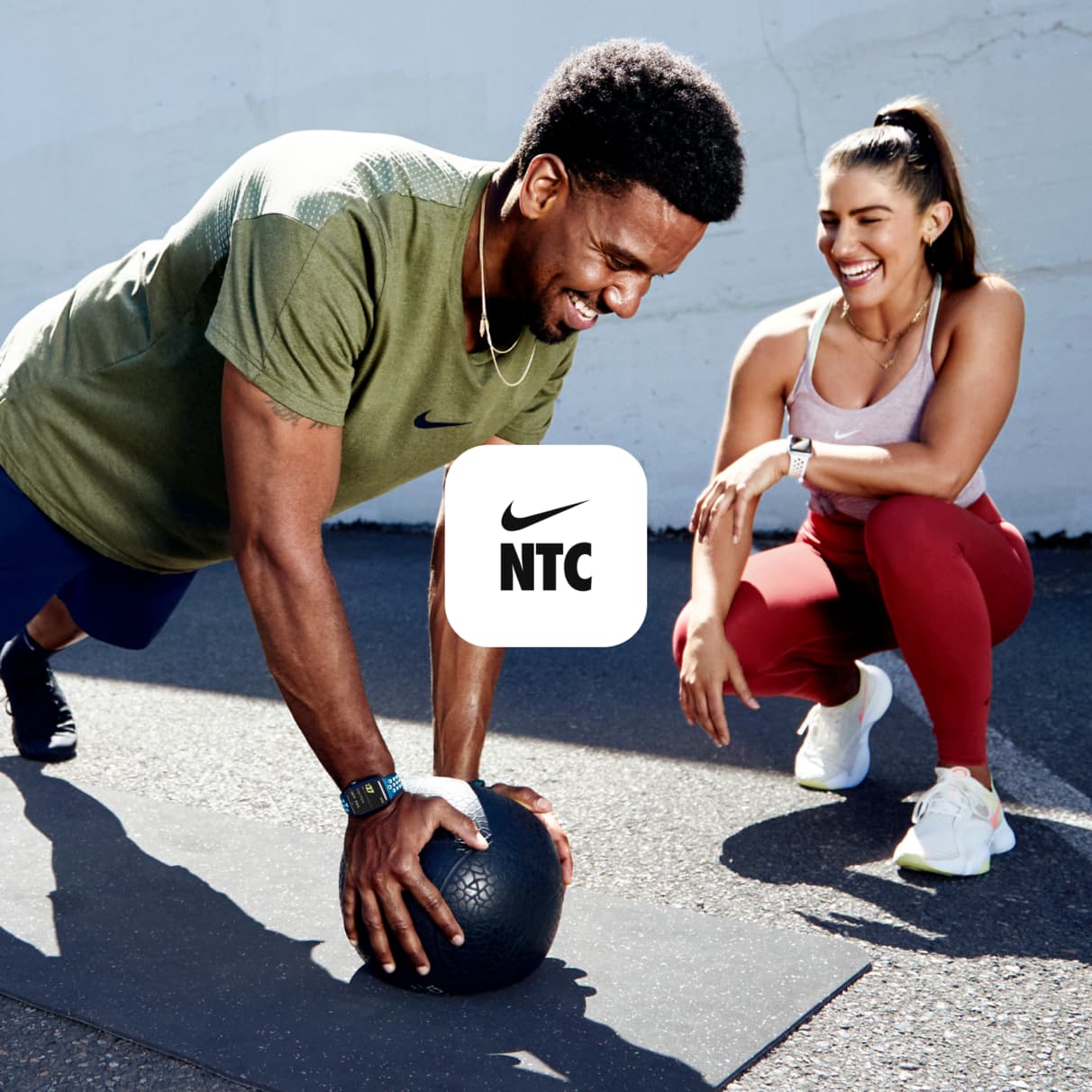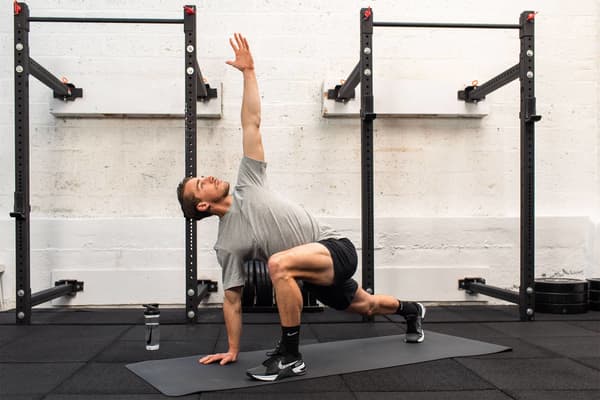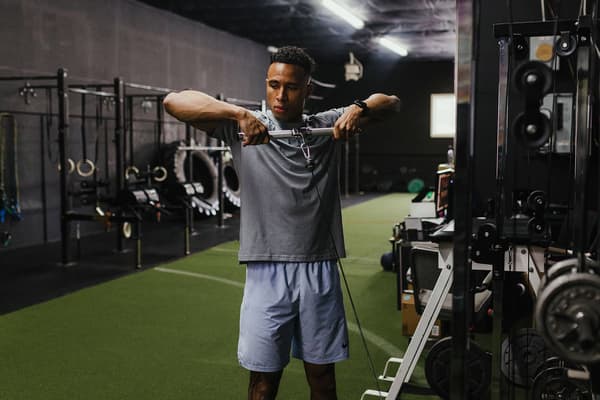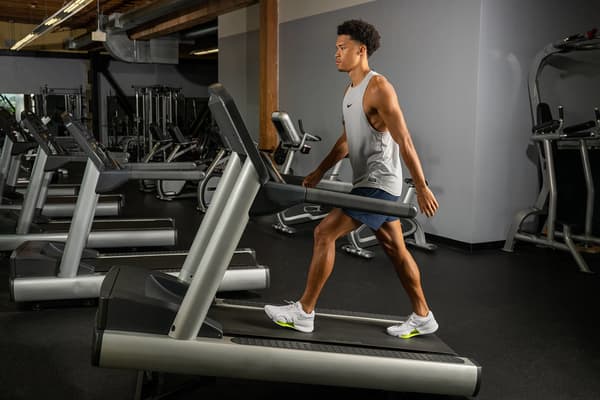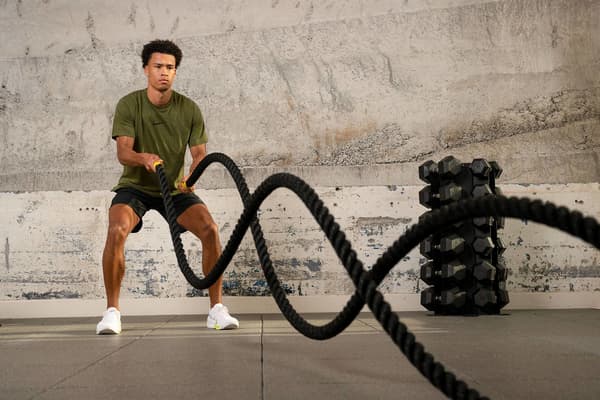Expert-approved Chest Workouts To Try
Sport & Activity
Certified personal trainers and strength and conditioning specialists share a routine designed to target key chest muscles.

Chest muscles aren't just for aesthetics—developed pectoral muscles also improve posture, movement and overall strength. Read on for a brief run-down of these muscles, the benefits of training them, plus get expert tips on how to create a robust chest workout.
Introduction to the Chest Muscles
The main chest muscle is the pectoralis major, which runs across the chest, said Lauren Powell, MS, CSCS. "You have one on both the left and right sides", she said.
Together, the pectoralis major and pectoralis minor—a muscle located underneath the pectoralis major—are responsible for all horizontal pushing motions plus assisting in vertical pushing motions, Powell explained. "During a chest workout, you also train the serratus anterior (sides of upper chest), anterior deltoid (front of the shoulder) and triceps", said Chris Gagliardi, ACE CPT, health coach and medical exercise specialist.
(Related: What Are Push-pull Workouts? Experts Explain)
The Benefits of Training the Chest
"Strengthening the chest can increase upper-body power and explosiveness, boost pushing or pulling functionality and improve posture", said Dominion Ezechibueze, a NASM CPT.
"Strengthening these muscles helps them become more flexible and reduces the tension, allowing you to extend your muscles and straighten your back and open your chest fully", said John Gardner, a NASM CPT.
Finally, training the chest can improve breathing, Gardner said. "Because your chest muscles are connected to your ribs, strengthening them helps support deeper breathing and allows you to take in the oxygen you need".
Gagliardi added that "the true benefit of strong chest muscles is improved performance in sports and day-to-day life—everything from swinging a tennis racket to pushing a shopping trolley benefits from strong pectoral muscles".
Why Include a Chest Workout in Your Routine
One way to approach strength training is to focus on different muscle groups (like the chest) on different days. "By including a chest day in your workout plan, you can work those muscles to exhaustion without the need to conserve strength and energy for other muscle groups", Powell said.
"A dedicated chest day will also help improve your bench press, rows and overhead press, and perhaps even your squats and deadlifts", Powell said. You'll be increasing your body's total output of force plus upping your chest and shoulder stability, she explained.
Begin With a Warm-up
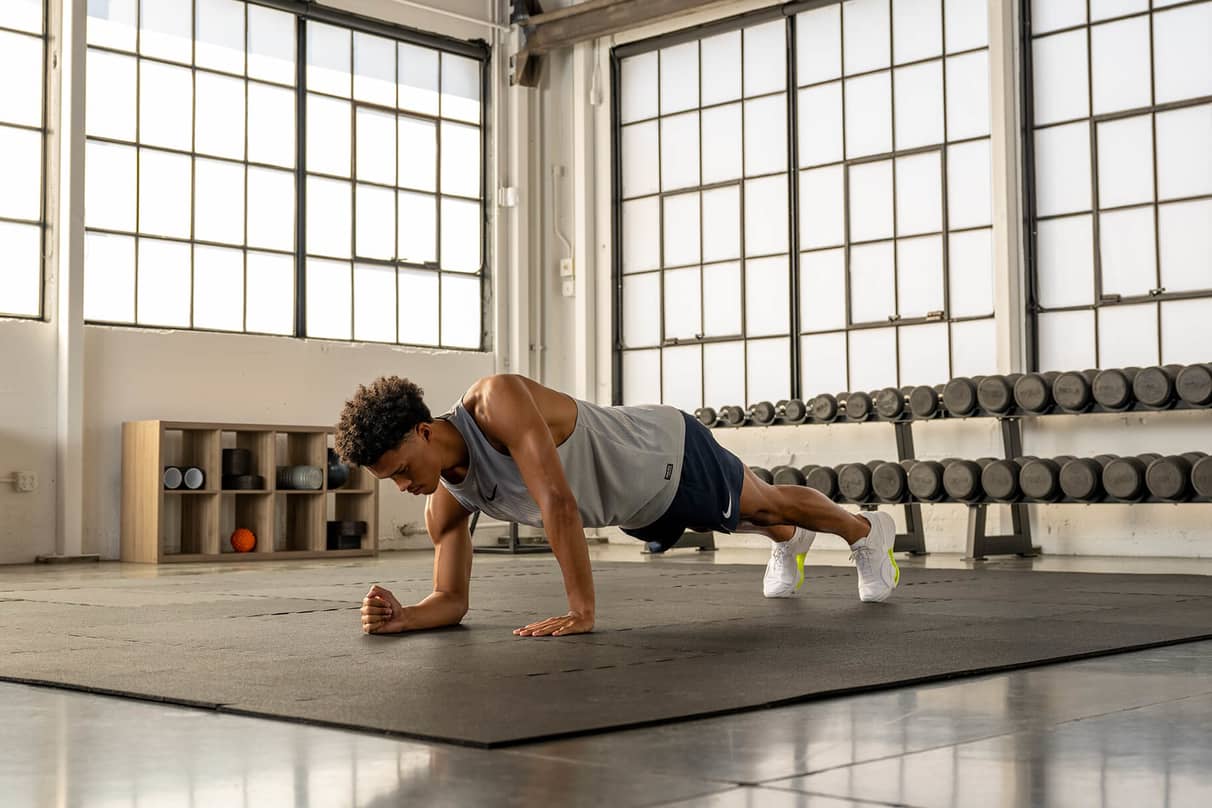
"Warming up increases blood flow to the chest, activates the muscles and ups the range of motion in the shoulders and chest", Ezechibueze said.
"This helps prevent injury and improves performance during the workout", Ezechibueze said.
"Devote five to 10 minutes to this period of lighter exercise", Gagliardi said. During your warm-up, gradually increase the intensity, ideally including movements that you'll use during your working sets, he added.
Though, before getting started, consider taking a few minutes to foam roll your muscles, per Powell's suggestion.
When choosing specific moves, Ezechibueze and Gagliardi recommended performing several dynamic stretches, including:
- Arm circles (forwards and backwards)
- Plank-ups
- Inchworms
Plan Your Working Set
"Overall, try to target muscles that support upper-body pushing movements (like the shoulder muscles and muscles of the core) along with the chest muscles", Gagliardi said.
To make sure you're hitting as many angles of the chest muscles as you can, consider a mix of incline, decline and flat bench movements using a combination of dumbbells, barbells, push-ups, cables and body weight, Powell suggested.
Both Gardner and Ezechibueze recommended a total of four chest exercises. "If you take a cue from research from The American Council on Exercise, the barbell bench press, pec deck machine and bent-forwards cable crossovers activate the pectoralis major more than other chest moves", Gagliardi said.
Along with these exercises, consider Gardner's preferred dumbbell skull crushers, dumbbell flys, push-ups and chest dips. While Ezechibueze recommended seated low-to-high cable flys, dumbbell floor presses and seated chest flys.
"Determining the number of sets and reps depends on your goals", Gagliardi said. For general muscular fitness, he recommended one to four sets of eight to 15 reps using a two- to three-minute recovery interval. For muscular endurance, he suggested two to three sets of 12 or more reps using a 30-second or less recovery period. For muscular strength, he advised two to six sets of six or fewer reps using a two- to five-minute recovery period.
Try This Working Set
Design your working set based on your fitness goals, or try this workout. Complete three sets of each of these moves recommended by Gardner, Gagliardi and Ezechibueze, doing 10–12 reps of each exercise.
1.Dumbbell Flys

- Lie on your back on a bench with your legs perpendicular to the floor.
- Extend your arms to be perpendicular with your body and straight over your chest.
- Open your chest and lower each arm to the side in a fly position.
2.Push-ups

- Lie face down on a mat and place your hands underneath your shoulders.
- To work your chest and shoulders more, do a wide grip push-up (with your hands wider than shoulder width). To focus more on your triceps, opt for a close grip push-up (with your hands closer than shoulder width). For a modified version, position yourself on your hands and knees, with your hands slightly wider than shoulder width apart.
- Slowly push your heels and hands into the floor to lift your chest upwards and lower your body in a slow and controlled motion.
- Get as close to the floor as you can (with your nose, chest and belly button at the same level).
- Lie face down on a mat and place your hands underneath your shoulders.
3.Dumbbell Chest Press

- Grab two dumbbells and lie on your back on a flat bench with your feet on the floor.
- Press the dumbbells to a position level with or below your eyes, fully extending your elbows.
- Slowly lower the dumbbells together towards your mid-chest, moving slightly wider as you approach your armpits. Gently touch them to your chest.
- Press upwards, repeating the second step.
4.Bent-over Cable Crossovers
- Place the pulleys of the cable machine a bit higher than your chest.
- With your palms down, grab the handles of the two pulleys.
- Step forwards about a metre in front of the pulleys. Lean forwards until the cables are in line with your chest.
- Push your chest out, squeezing your shoulder blades together.
- Next, position one foot in front of the other.
- Pull the handles down until your elbows are in line with your shoulders, bending your elbows slightly.
- Push your arms down and in until your hands are out in front of you a couple of centimetres apart, contracting your chest muscles hard.
- Keeping your elbows slightly bent, take a couple of seconds to return your arms to the starting position.
Tips for Preventing Injury
"To be safe, consult a professional, such as a certified personal trainer or a certified strength coach and specialist. Also, start with bodyweight only or go lighter with weights", Powell said. If you choose to lift heavier, make sure you have a spotter around when necessary.
"If something doesn't feel right or is causing you pain, do not push through", Powell said. "Address what the issue might be and fix it before moving forwards". If necessary, you can always replace the exercise with a movement that works better for you.
(Related: Experts Explain Why Running in Cold Weather Can Cause Chest Pain)
Cool Down After Your Workout
"The goal of a cool-down is to return to your resting heart rate and to allow your muscles to relax and recover post-workout", Powell said.
"A proper cool-down can help to prevent excessive soreness and prepare the body for the next training session", Powell said.
Begin by going on a light walk or doing breathing exercises to lower your heart rate, suggested Powell. "Then, foam roll the pecs and the back and flow through some stretches", she said. Try Cat-cow or Child's Pose.
Words by Dina Cheney
